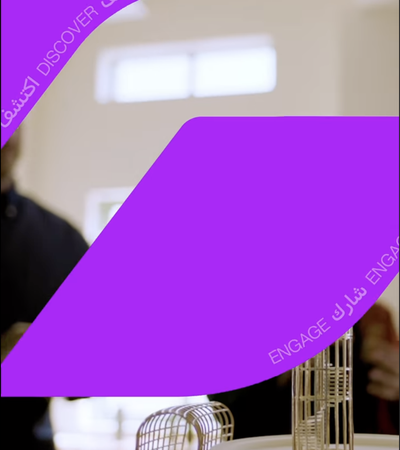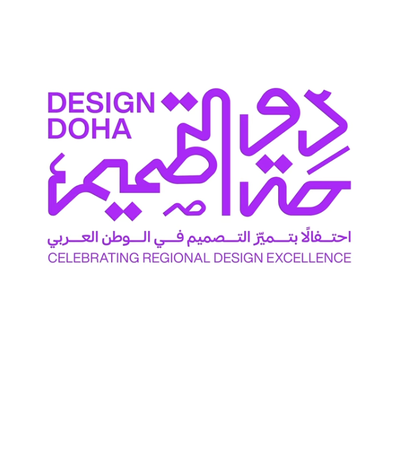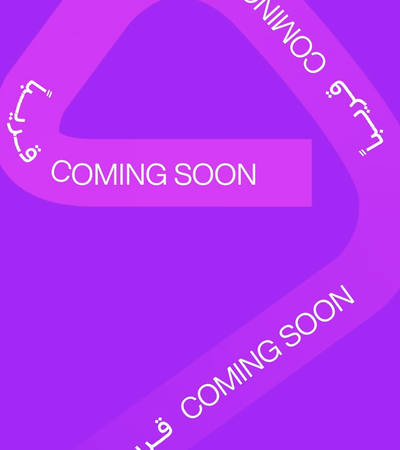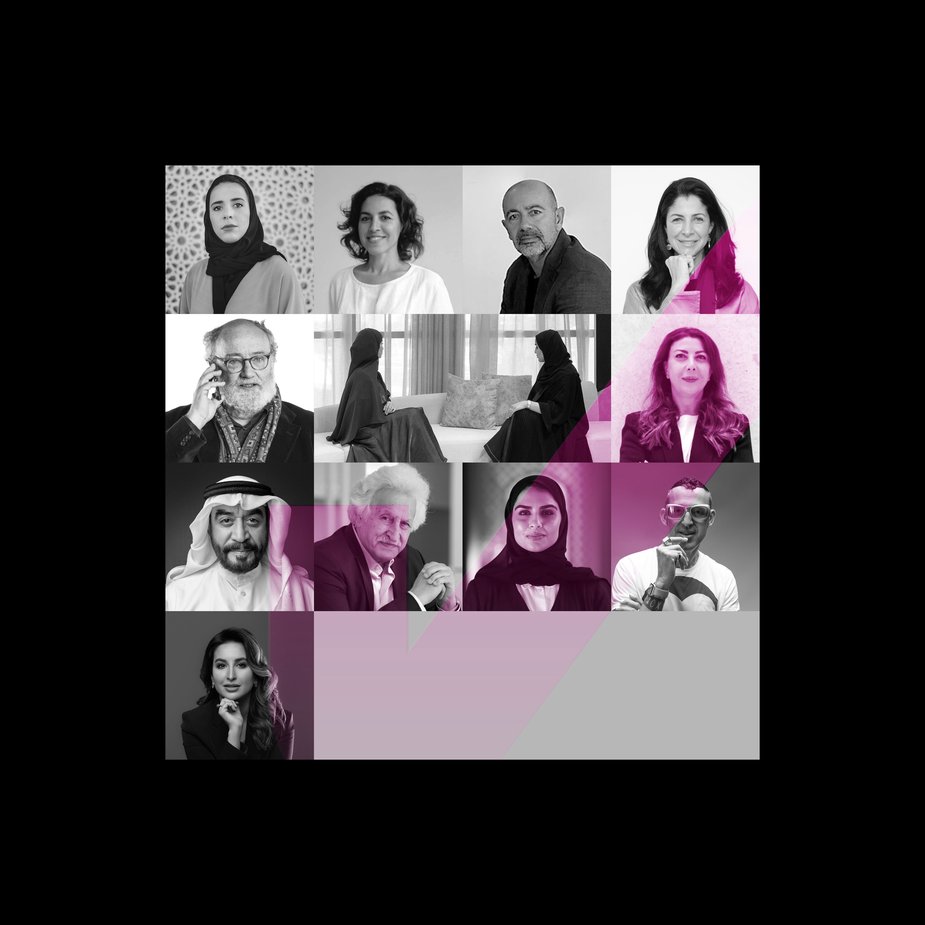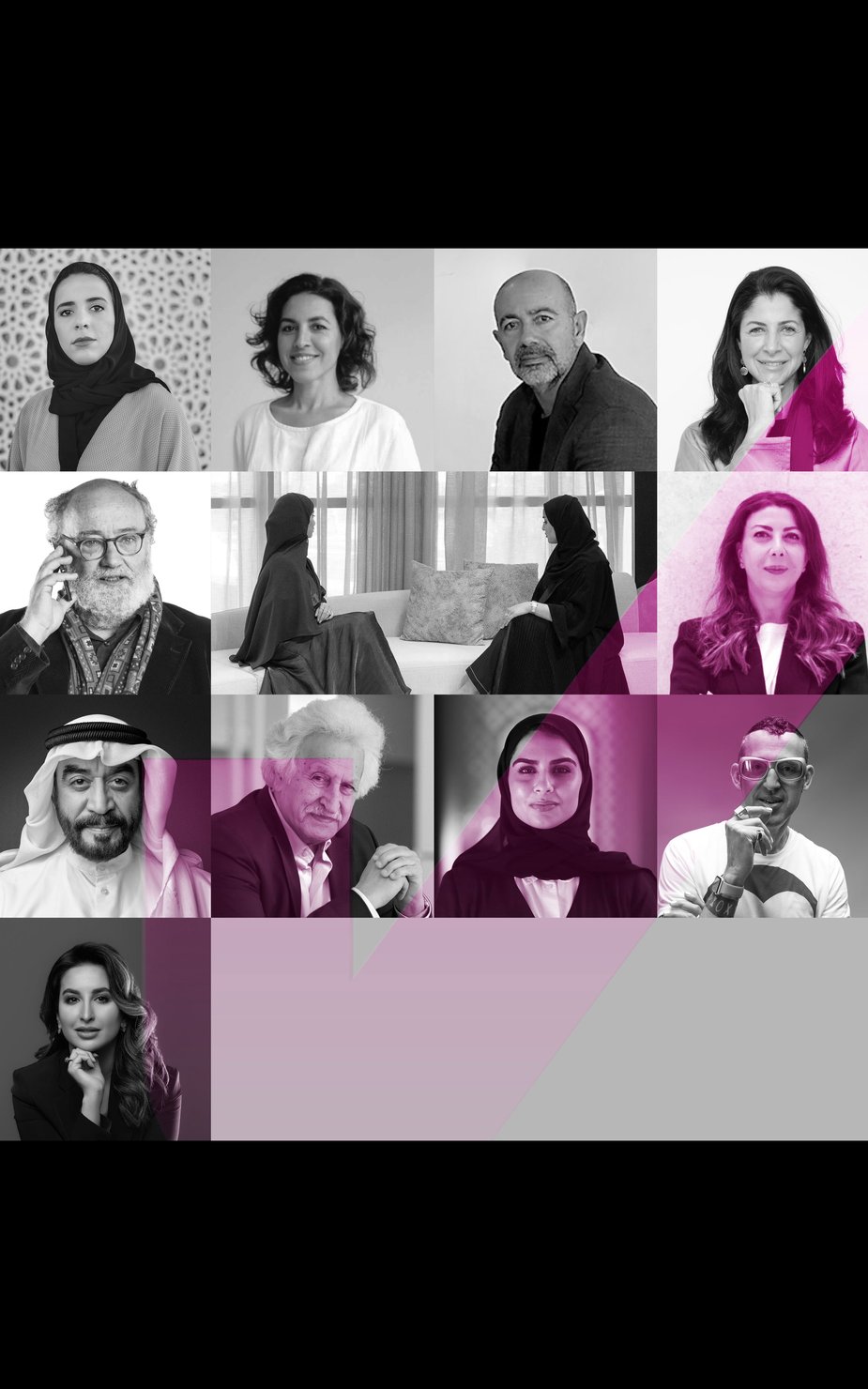
DESIGN DOHA FORUM DAY 5: Branding and Urbanism
Past Event
Is branding becoming excessive? How does branding, on a personal and public level, shape our view of ourselves and our surroundings? Is design contributing or detracting from preserving our cultural traditions and a sense of identity? The fifth and last day of the forum looked into branding as a pervasive phenomenon of the 21st century. It also explored the impact of forward-thinking design on industry and consumer behavior, emphasizing sustainable cultural innovation and strategies for balancing profitability, sustainability, and cultural integrity in business models. From global to local, we explored emblematic features of Qatari architecture and cultural identity and the traditional Arabic practice of wool weaving, showcasing contemporary design initiatives, creative expression, and the dynamic nature of culture in the GCC.
4:00-5:00 PM
Branded Futures: Will our Lives and Our Cities Become Over-Designed?
Panelists | Karim Rashid | Ghada Al Khater | Shahira Fahmy
Moderator | Jorge Cerveira Pinto
Branding—once a purview of big companies—is now being applied to many other facets of life, including personal branding. Design awareness is higher than ever. In this thought-provoking dialogue, the speakers exposed the start difference between design’s contribution to improving human existence and erratic over-branding within our lives and urban landscapes. Informed by the speakers’ unique and diverse perspectives, the conversation explored the balance between functional aesthetics and excessive branding in shaping cities and experiences. Ultimately, the discussion grappled with the challenge of preserving authenticity, cultural depth, and human-centered principles in an increasingly brand-saturated world.
_______________________________
5:00-5:45 PM
Design for Impact: Bridging Business Approach and Sustainable Cultural Innovation
(the panel was organzied in collaboration with FROMM)
Panelists | Alia Rachid | Luca Fois | Kaltham Al Kuwari | Aisha Al Mohannadi
Moderator | Dana Said
This panel discussed the impact of industry and consumer behavior influenced by forward-thinking design and sustainable cultural innovation. It explored strategies for balancing profitability, sustainability, and cultural integrity in business models. Intercultural dialogue in the sphere of design was also touched upon, uncovering how collaborations enhance the design process and integrate cultural values.
_______________________________
5:45-6:30 PM
Qatari Architecture: From Mud to Concrete
(the panel was organzied in collaboration with Qatar Debate)
Panelists | Mohammad Ali Abel | Hisham Qaddoumi
Moderator | Moza Al Obaidan
This session examined the role of pre-oil and post-modern architecture in Qatar byexploring the diversity of local design projects. The session also focused on the country's efforts to preserve traditional design elements while simultaneously introducing post-modern design principles into the traditiondominanted architectural scene. Through the speaker’s expertise, the discussion illustrated the dramatic changes that impacted the urban fabric of Doha and transformed it into the city of today.
_______________________________
6:30-7:00 PM
The Story of AlSadu: Shaping of a Cultural Expression and Identity
Speaker | Shaikha Bibi Duaij Al-Jaber Al-Sabah
Sadu, the traditional Arabic term for wool weaving, has been practiced by Bedouin nomads in Kuwait and the Arabian desert for centuries. Rooted in the natural materials of the desert, this practical craft encompasses various techniques and life skills essential for desert living. Originally a traditional skill primarily practiced by women, wool weaving has evolved into a highly developed art form that allows for significant creativity and expression. The Sadu Art and Design Initiative (SADI) plays an important part in the history of the Society and aims to foster contemporary cultural insight and creative expression. Through this program, young Kuwaiti artists engage in an immersive experience to understand the textile traditions of the country. The goal is to inspire the development of new interpretations and modern creative expressions while recognizing that culture is dynamic, reflecting human growth, creativity, and innovation.
